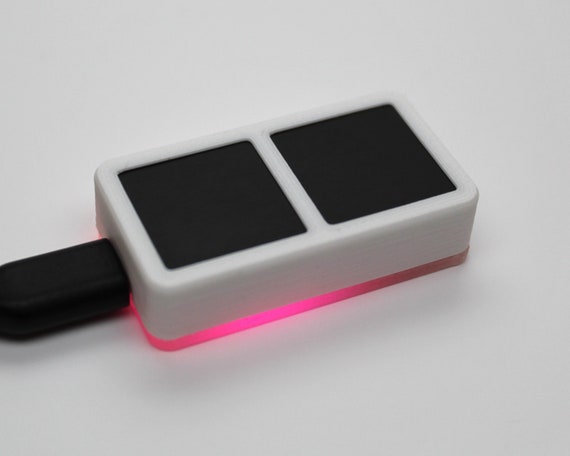
- DIY OSU KEYPAD SERIAL
- DIY OSU KEYPAD FULL
- DIY OSU KEYPAD CODE
- DIY OSU KEYPAD SERIES
- DIY OSU KEYPAD WINDOWS
Please ensure that you have tweezers or the passive components will be a nightmare to solder.Īlthough not required, a soldering microscope is highly recommended and will make the job a lot easier.

Tweezers are almost a necessity in SMD soldering. Please make sure that the flux paste is in a paste form, not solid rosin.įor solder, any type would work, but I'd recommend types with a high flux content so that the experience will be nicer. I use a knockoff no-clean flux paste from Aliexpress, but any decent quality flux paste should do the job. Regular chisel tip is great for through hole soldering, cone tip is great for drag soldering the LQFP packaged STM32, and knife tip is the best in my experience for soldering the extremely tricky USB port.įlux is extremely important in SMD soldering, especially for fine-pitched components like the LQFP STM32 or the USB port. Also prepare yourself for some hardcore soldering if you've never tried to solder fine-pitched surface mount components.įor the soldering iron, I strongly recommend having multiple tips for assembling this PCB. To begin with the PCB assembly, you need several tools and materials. The pushbuttons control the LED mode, color, and brightness. The pushbuttons and the RGB LEDs are for that signature RGB on gaming peripherals. And since there are only four keys, a matrix is not required. The microcontroller uses a for loop to switch between reading the four individual keys. In this case, hot swap sockets are used for easy change of switches. The MCP1703T is chosen for this task.Ĭherry MX style mechanical switches are probably the best options for any keyboard project unless there is a specific switch requirement. The power is fed through the power pins on the USB port, but the voltage on USB is 5v, while the STM32F103 microcontroller can only tolerate 3.3v. It runs at 72MHz and is very well-supported on the Arduino IDE.
DIY OSU KEYPAD SERIES
The microcontroller used in this project is an STM32F103 series MCU. Normally an ATMega32u4 is enough for a regular keyboard project, but because this is made for gaming, we need a microcontroller that is able to deliver low latency. It acts as a composite USB device (HID and CDC simultaneously) and also handles the scanning of keypresses. The microcontroller is the main control chip of this project. This is an overview of the design concept, and it'll be broken down into several sections. Soldering iron (preferably with cone, chisel, and knife tips).4x Cherry MX RGB or equivalent switches ( KBDFans).1x Row of 90 degree headers ( DigiKey).1x USB3090 micro USB A/B port ( DigiKey).1x 1210 500mA PTC resettable fuse ( DigiKey).

DIY OSU KEYPAD CODE

The keys are arranged in the pattern of the keys "A S Z X" that appears on most keyboards.
DIY OSU KEYPAD WINDOWS
DIY OSU KEYPAD FULL
DIY OSU KEYPAD SERIAL
Its keys can be programmed on the fly through the driver program provided or through composite serial communication. It is powered by an STM32F103Cx microcontroller and is programmed through the Arduino IDE. This is a custom gaming keypad with four hot-swappable mechanical keys and customizable RGB LEDs.


 0 kommentar(er)
0 kommentar(er)
